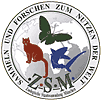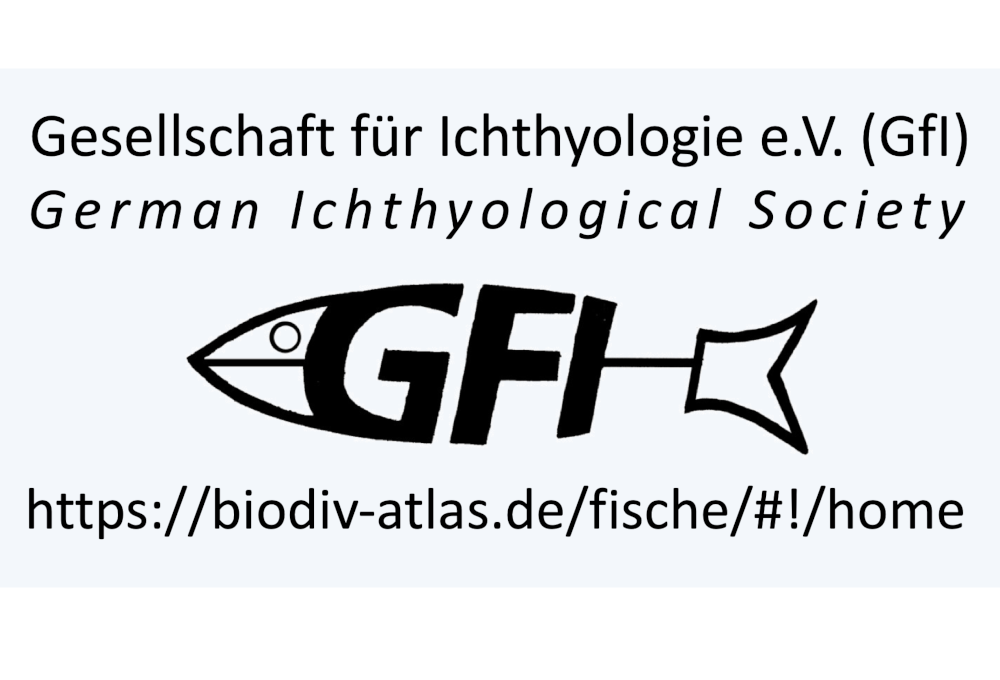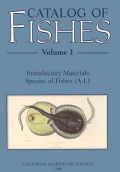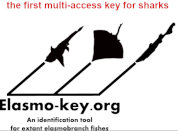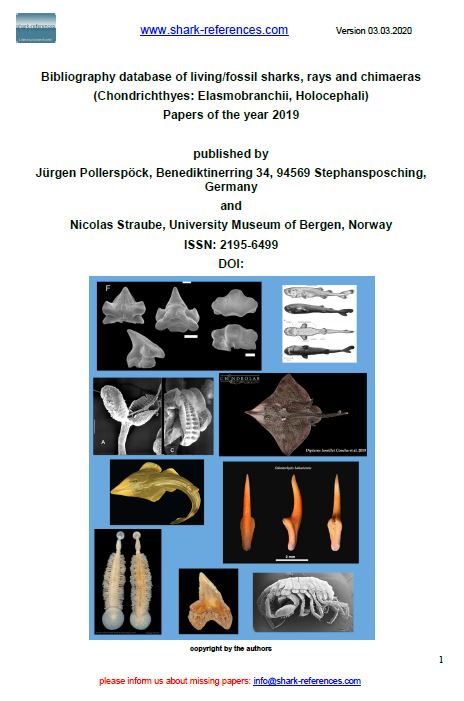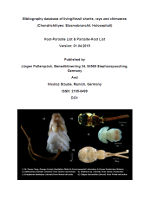
(Vertebrates.) In Makhlina, M. Kh., Alekseev, A. S., Goreva, N. V., Gorjunova, R. V., Isakova, T. N., Kossovaya, O. L., Lazarev, S. S., Lebedev, O. A. and Shkolin, A. A. (Eds.), Srednij karbon Moskovskoy sineklizy(yuzhnaya chast'). Tom 2. Paleontologicheskaya kharakteristika, p. 196–201.(Nauchnyj mir), Moscow. [In Russian.]
The revision of Cladodus occidentalis, a late Palaeozoic ctenacanthiform shark. Acta Palaeontologica Polonica, 50(3), 623–631

Ctenacanthiform sharks from the Permian Kaibab Formation, Northern Arizona [Abstract]. SVP 70th annual meeting Pittsburgh

Handbook of Paleoichthyology, Vol. 3D: Chondrichthyes Paleozoic Elasmobranchii: Teeth Verlag Dr. Friedrich Pfeil, pp. 168, 154 fig., 4 Tab.
Ctenacanthiform sharks from the Permian Kaibab Formation, northern Arizona. Historical Biology, 24(4), 1–15
DOI: 10.1080/08912963.2012.683193

Effects of the late Permian mass extinction on chondrichthyan palaeobiodiversity and distribution patterns. Thesis, University of Plymouth

A new diverse shark fauna from the Wordian (Middle Permian) Khuff Formation in the interior Haushi-Huqf area, Sultanate of Oman. Palaeontology, 56(2), 303–343
DOI: 10.1111/j.1475-4983.2012.01199.x

Stable and radiogenic isotope analyses on shark teeth from the Early to the Middle Permian (Sakmarian–Roadian) of the southwestern USA. Historical Biology, 26(6), 710–727
DOI: 10.1080/08912963.2013.838953

Chondrichthyan tooth enameloid: past, present, and future. Zoological Journal of the Linnean Society, 174(3), 549–570
DOI: 10.1111/zoj.12244

2 - Paleozoic Sharks In Evolution of Dental Tissues and Paleobiology in Selachians, ISTE Press Ltd. Published by Elsevier Ltd.: 19-32
DOI: 10.1016/B978-1-78548-139-0.50002-X

Fish Microremains from the Cutoff Formation (Roadian, Middle Permian) of the Guadalupe Mountains, West Texas, USA. Micropaleontology, 67(4), 365–402

The biostratigraphy of Carboniferous chondrichthyans. In S.G. Lucas, J.W. Schneider, X. Wang, & S. Nikolaeva (Eds.), The Carboniferous Timescale. Geological Society, London, Special Publications, 512, Article SP512-2020-91
DOI: 10.1144/SP512-2020-91
Rise and diversification of chondrichthyans in the Paleozoic. Paleobiology, 50(2), 271–284
DOI: 10.1017/pab.2024.1
